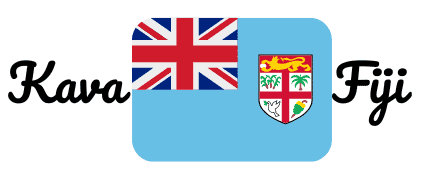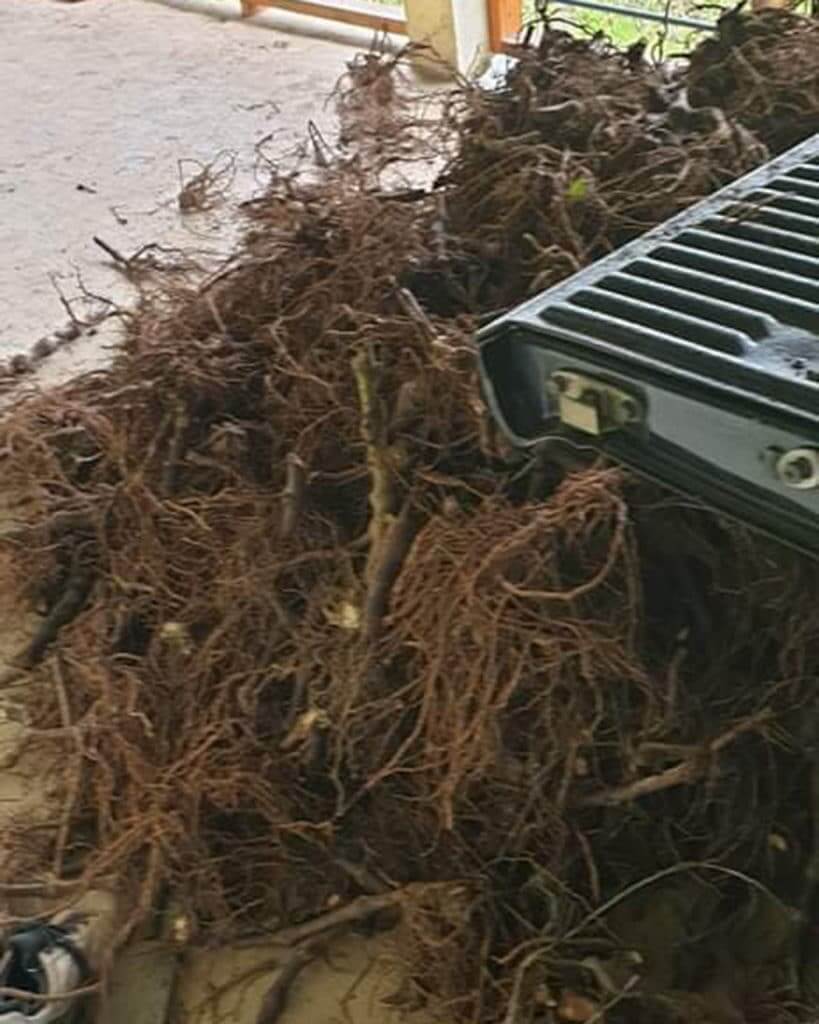Kava Fiji
Kava is a drink that has its origins in the Pacific. Also, many Pacific Island nations use Kava, including Vanuatu, Micronesia, and Tonga. It is most popular in Fiji. As you will see below, Kava is an important plant in Fijian culture. Additionally, it is in Fiji that the public use kava most diversely. Kava Fiji has many varieties like Lowa Damu and Doko Bana.
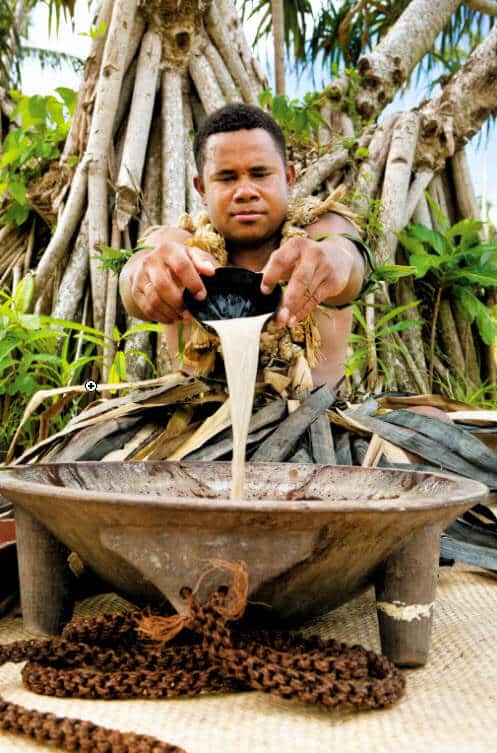
What is the significance of Kava in Fiji?
Kava is the national drink of Fiji. Also, it plays a large role in the country’s history, culture, and social activities.
If you visit Fiji as a tourist, you will receive an offering of Kava. Similarly, if you visit a Fijian home, they will most likely offer to drink kava with you. Regardless, no matter where you go, the drink permeates the daily life of this Pacific nation. But why is it so important? In the below sections we look at the history of Kava in Fiji, and the important Yagona Ceremony:
• A plant given by the god Degei
Fijian legends state that Kava Fiji was a gift from the god Degei. Also, it’s said that Degei had three sons and that he told them to choose a home on earth. Once they had settled in Fiji, he gave them two crops – one of which was the Yaqona (Kava plant). As a result, the sons gave this plant to the Fijian people, Ever since, the people cultivate and revere it.
• The Yaqona Ceremony
The Yaqona Ceremony is the most important in Fiji. In this ceremony, Kava is drunk. In addition, a master of ceremonies prepares the Kava. Also, whilst he does this, participants sit in a circle in anticipation.
They create Kava in a Tanoa (a ceremonial bowl). First, they grind kava roots following which water is then added to create a light brown/yellow mixture. Finally, the Kava pours into a Bilo (half a coconut shell) and shared by the participants.
The taste is bitter.
• Kava in Fijian daily life
Aside from the Yaqona Ceremony, Fijians drink Kava often as a social drink. Local healers also use Kava for medicinal purposes.
Men gather in a bure to drink Kava together. Alternatively, women drink Kava together in the house. Rarely will men and women drink kava together in villages. Non-segregation of Kava drinking is more common in Fijian cities.
What are the different types of Kava Root in Fiji?
Kava root is the main part of the plant used to create kava powder and drinks. In most cultures, all parts of the root combine to create kava.
In contrast, in Fiji, people use the roots separately. As a result, the main roots are Waka and Lewena. Fiji is the only place that uses Waka and Lewena to create different kava drinks:
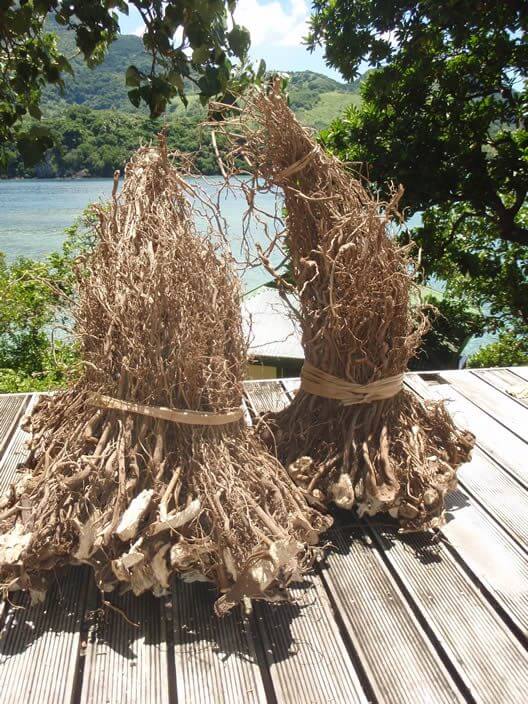
Waka
Waka is the lateral root. Also, it sits underground and forms a web extending from the Lewena. Kava created from Waka root has a higher kavalactone content. As well, it has a stronger, bitter flavour.

Lewena (Lowena)
Lewena is the heart root. Think of it as the main root of the Kava plant – like a beet bulb. Although it too is underground, it is however one singular root – not a web of roots like the Waka. As a result, Kava created from Lewena root has a lower kavalactone content. Also, it has a milder taste and coloration.

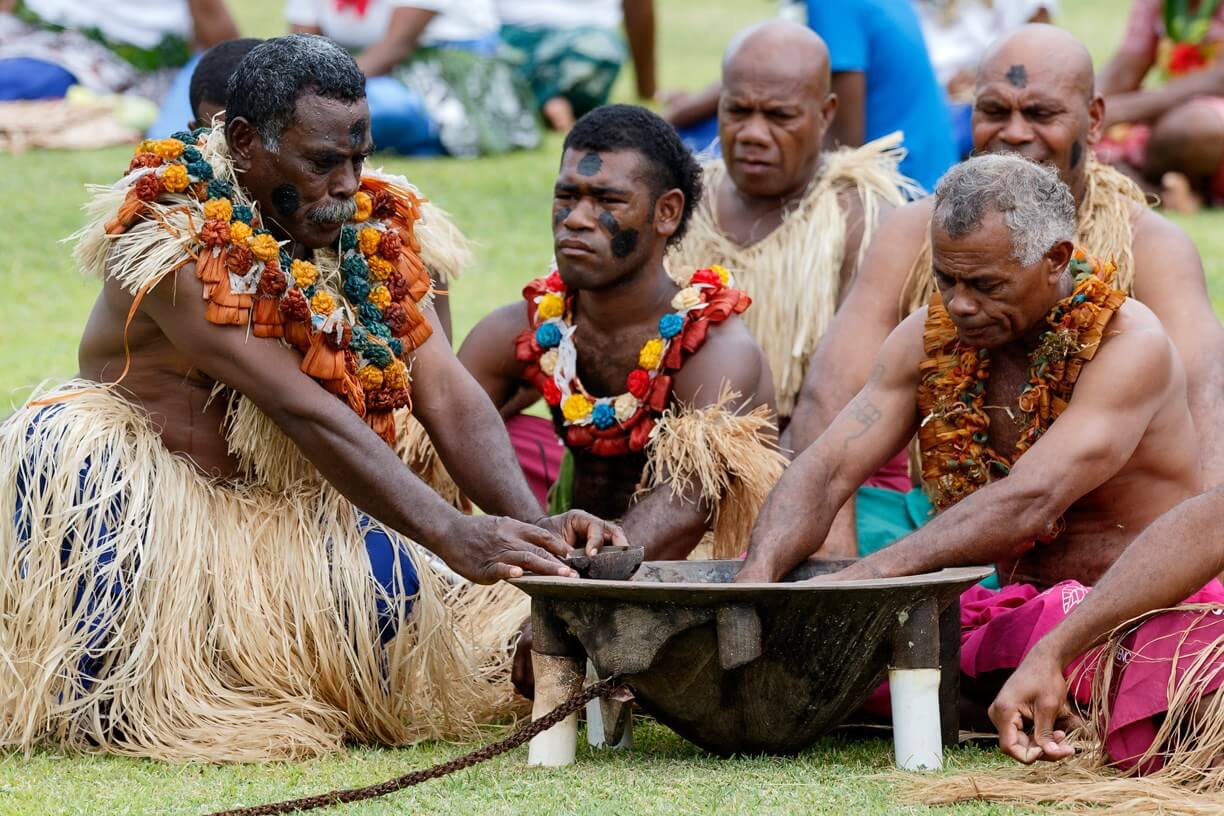
What are the main types of Kava Fiji?
As mentioned above, Fiji is the only place that uses the Waka and Lewena roots separately. Conversely, in other countries, the roots combine creating an overall milder taste.
In addition to the separation of roots, there are 13 main varieties of Kava in Fiji. This is much less than Vanuatu which has 82 varieties of Kava. Nonetheless, these 13 varieties provide an excellent range of Kava drinks:
1. Yalu
2. Yonolulu
3. Qila Balavu
4. Damu
5. Qila Leka
6. Vula Kasa Leka
7. Vula Kasa Balayu
8. Dokobana Vula
9. Matakaro Leka
10. Matakaro Balayu
11. Dokobana Loa
12. Loa Kasa Leka
13. Loa Kasa Balavu
Main Kava types used
We describe some of the main Fijian Kava types in detail below:
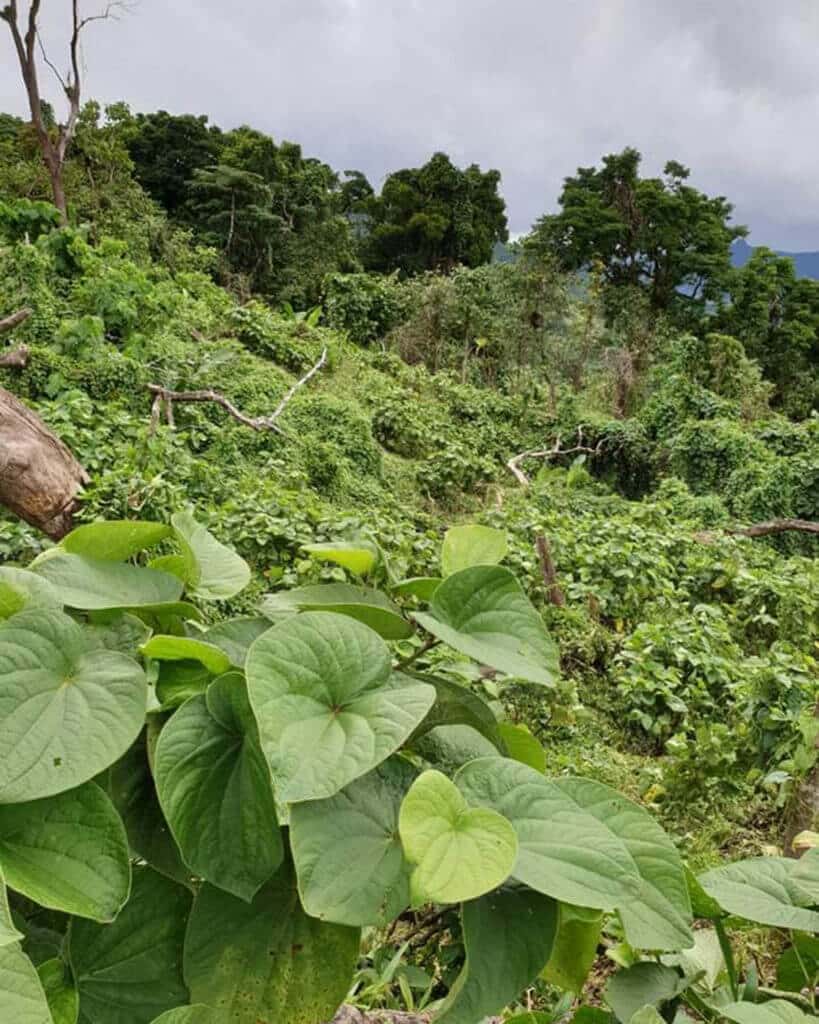
Lowa Damu
An extremely strong type of Kava, the stems and root of Lowa Damu are a distinctive reddish brown color.
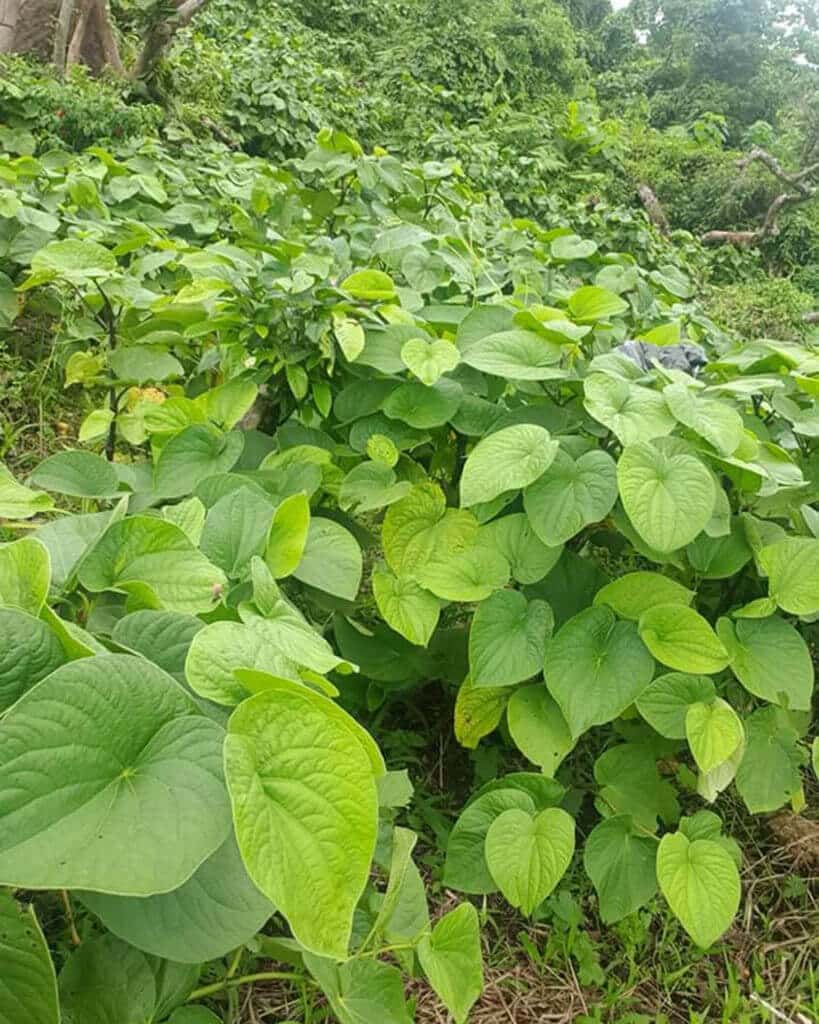
Doko Bana
The branches of this plant are quite short. In addition, the root is a dark color and it is one of the rarer Kava types.

Doko Buta
A distinguishing feature of this type of Kava Fiji is the lighter stem which is green in color. Also, it is spotted and again – a popular variation.
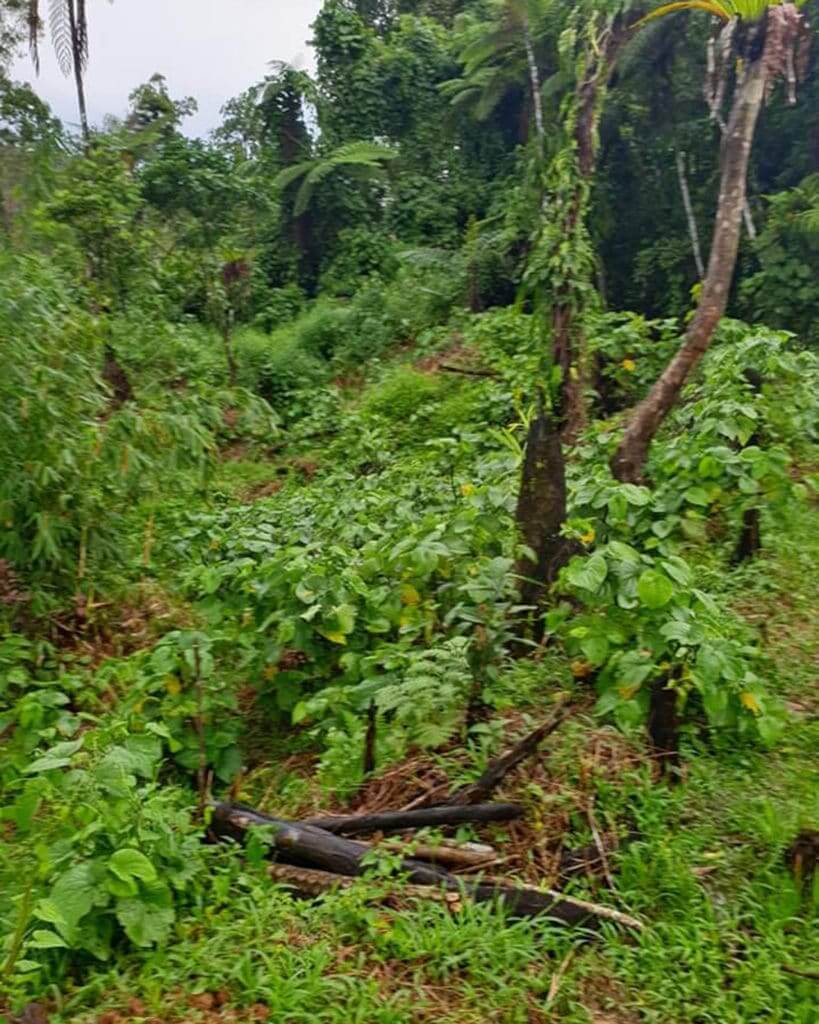
Mata Karo
Mata Karo has an extremely strong taste and if consumed in large quantities, can cause health issues.
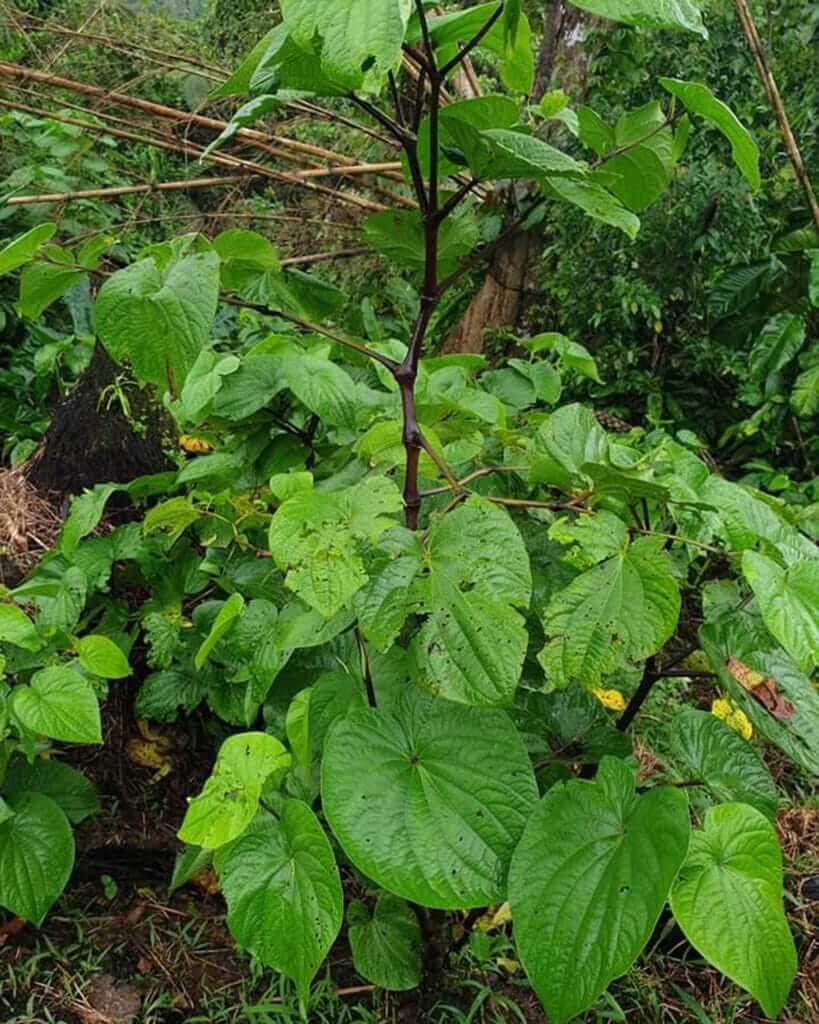
Mata Drau
A lower concentration of roots is a feature of this Kava plant. Also, its structure is mostly above ground.
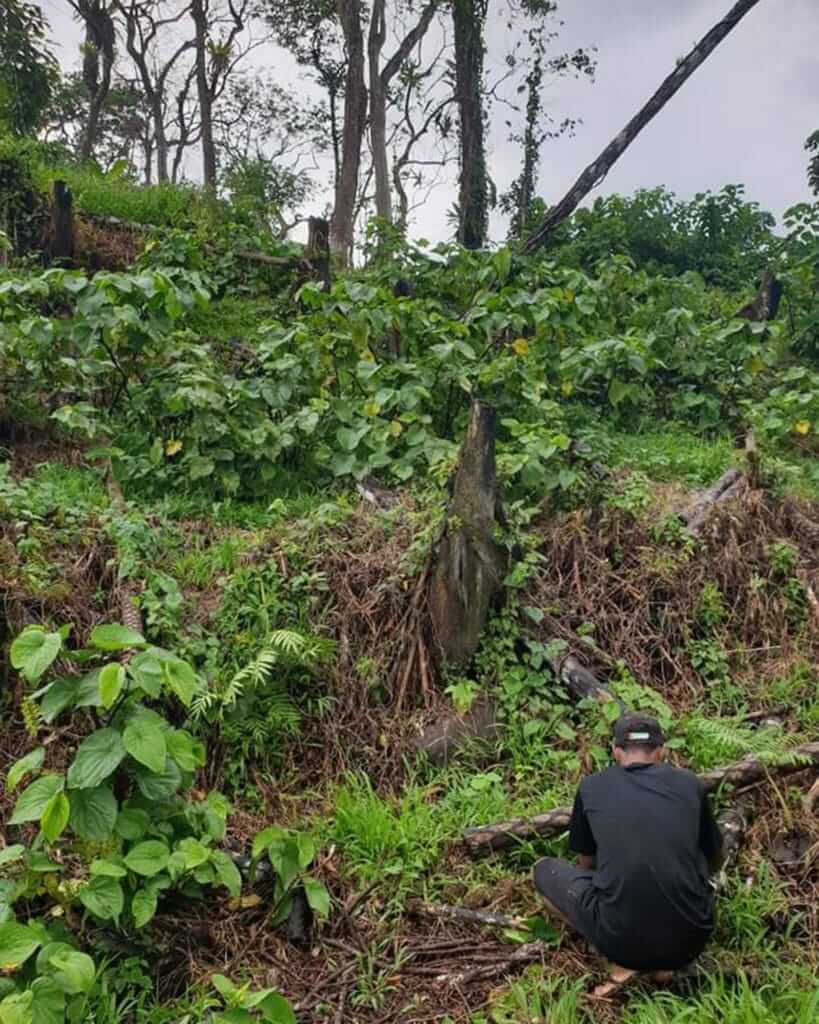
Yalu
The stems of Yalu are dark green. In addition, it contains a high amount of both Waka and Lewena – this is one of the most popular Fijian Kava types.
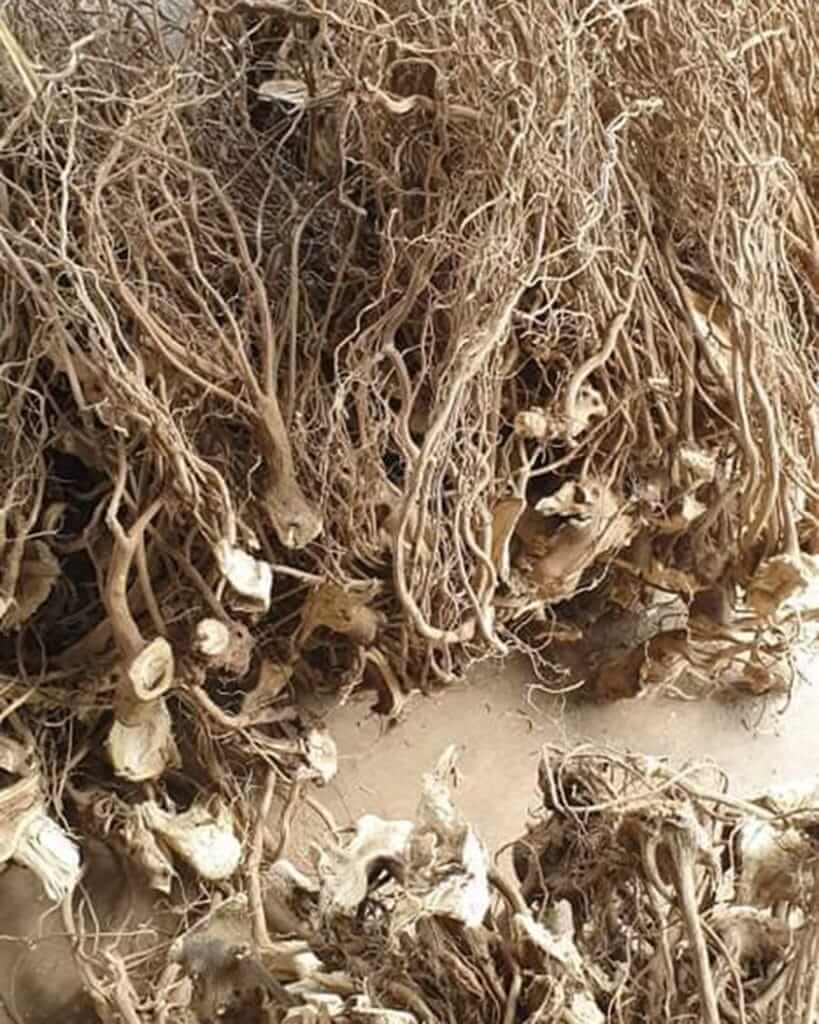
Bisinisi
The Bisinisi plant has an abundance of both Waka and Lewena. In addition, it grows quickly and has a fantastic turnaround for Kava production.
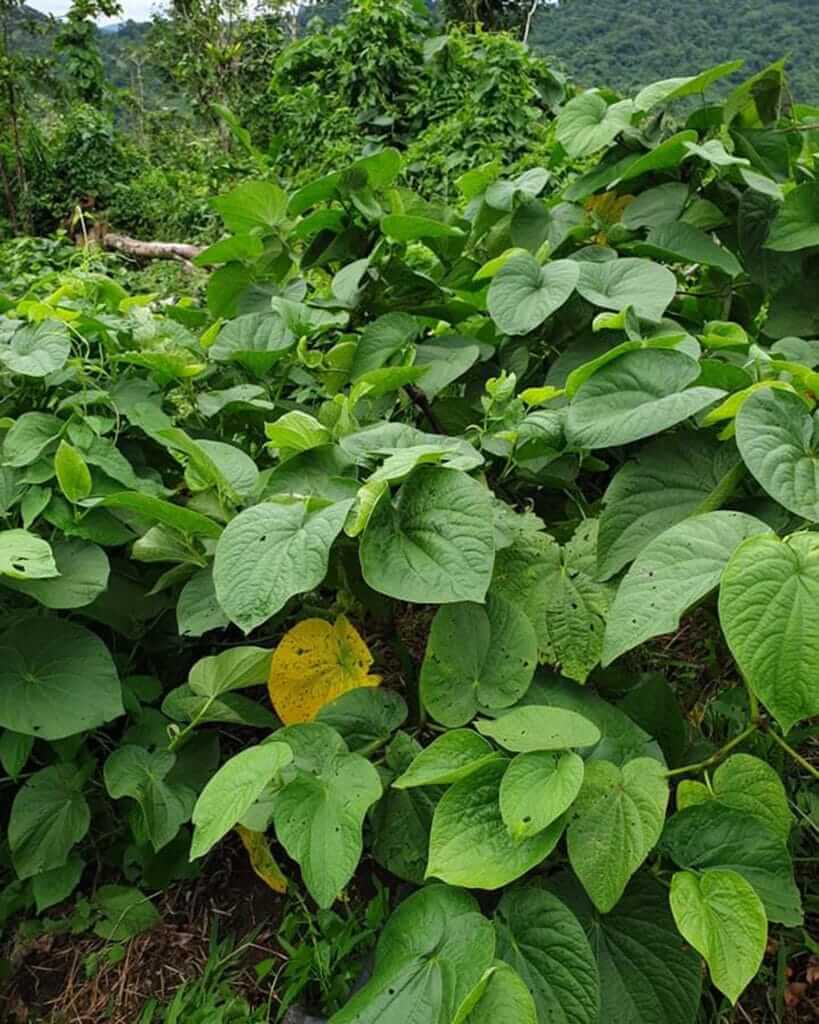
Kasa Drau
The Kasa Drau type of Kava Fiji produces more branches than others. Also, it contains more waka, and a lower content of Lewena.
Fiji Kava in Australia
Fiji Kava has now become available in Australia.
As of December 1st 2020, the Australian government has allowed kava to be imported and sold under a permit system. Therefore the majority of Fiji kava varieties that are listed above will be available for sale. Importation is expected to increase rapidly. However, we recommend dealing only with reputable suppliers of Fiji Kava. That’s why we have been working in conjunction with Kava Australia and Australia Kava Shop to import only the best Fiji kava.
